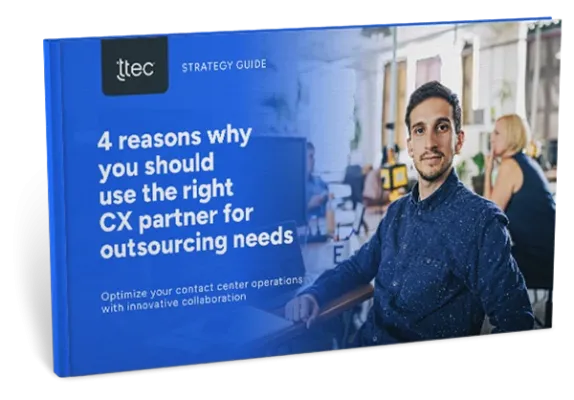There’s no denying the integral role a strong digital strategy plays in a brand’s success. The thoughtful use of digital technologies can bring great competitive advantages: better customer experience, improved employee experience, and long-term bottom-line benefits.
But nothing is worse than investing in digital strategies that fail to meet expectations because they aren’t tied into a company’s broader objectives. No one has time or resources to waste on digital tools and efforts that don’t pan out, especially in the race to meet modern customers’ evolving demands.
Are digital strategies on their own enough to jump-start a company’s digital transformation? Is there difference between a digital strategy vs. digital transformation? Here are few ways to help ensure success when it comes to digital strategy vs. digital transformation.
Know the key differences
When used well, digital strategies and digital transformation are closely interconnected, but there are some distinctions between the two terms that are important to know.
A digital strategy focuses on using specific technologies to improve how a business operates. Examples include things like an omnichannel approach intelligent automation. Digital strategies can be externally focused (improving customer experience) or internally focused (improving employee experience or streamlining back-office functions) or both. They’re pieces of a broader effort and tend to originate in a company’s IT department as a means to lower costs or reduce complexity of IT support.
Be sure to integrate
This is where working with an experienced partner like TTEC Digital can help. In addition to cutting-edge technology tools, we have the expertise to guide clients through road-mapping the process, showing how all these pieces are interconnected and work together. This partnership helps ensure the process is holistic, synchronised with other business and customer experience strategies, and makes sense within the company’s culture and organisation.
The right partner will ask key questions, guide you through the process of digital transformation, and help ensure all products and services are integrated in a way that makes sense for the organisation.
Start with the end goal
It can be tempting to look at various digital tools and their capabilities, and then try to figure out how and where they can fit in and help your business – but don’t. Instead, start with the company’s end goal in mind. What is the organisation trying to achieve? How are you determining and measuring what success looks like?
Once you know the ultimate objective, it becomes easier to determine the right tools to help you get there. When it comes to digital strategy vs. digital transformation, both should be rooted around – and guided by – what you want your customer and employee experience to be. Let the big-picture objective inform the tools and you choose, not the other way around.
If you are looking for advice or would like to talk with digital strategy or digital transformation experts, connect with us here.















